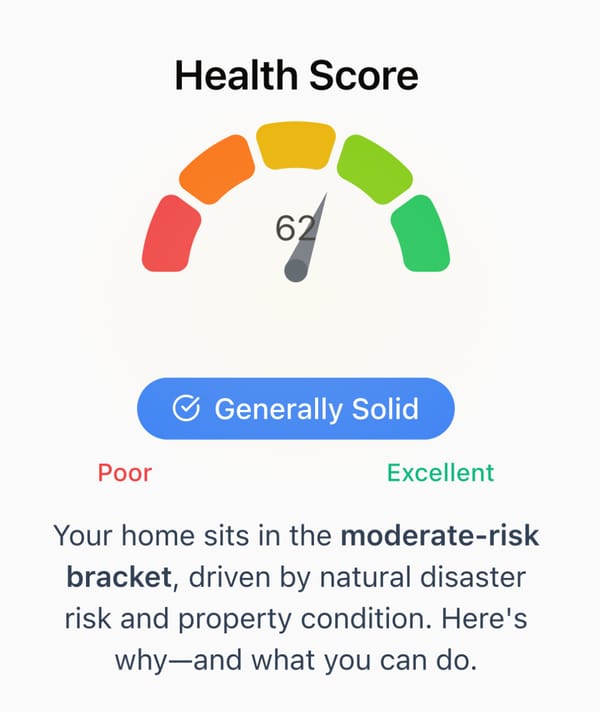Ghost Permits & Hidden Additions: Why Renovation History Can Make—or Break—Your Closing Table

Quick Stats
• Up to 45 % of major U.S. remodels never pull the required permits (NAHB survey).
• Mortgage underwriters flag unpermitted square-footage as a “collateral defect,” stalling—or canceling—funding in 24 % of disputed appraisals (Fannie Mae QC data).
• Average cost to retro-permit a non-conforming addition: $8,500 – $27,000 (permit fees, code upgrades, engineering sign-off).
1. Why Permits Matter More Than Paint Color
A glossy kitchen photo can sell a listing, but the paper trail behind that kitchen determines:
| Factor | Hidden Risk | Potential Hit |
|---|---|---|
| Financing | Appraiser must ignore unpermitted sqft → LTV ratio spikes | Loan denial or higher rate |
| Insurance | Carriers exclude fire/flood claims tied to non-code wiring or plumbing | Full loss out-of-pocket |
| Liability | Future buyers can sue for undisclosed work | Six-figure legal & repair bills |
Bottom line: If the remodel isn’t in county records, you’re buying uncertainty.
2. Spotting the “Ghost Permit” Patterns
- Square-Footage Delta
MLS lists 2,400 sq ft; assessor shows 1,950 sq ft → 450 sq ft likely unpermitted. - Valuation Spike Without Permit Log
Assessed value jumps $110 k YOY but no corresponding building permit number → interior gut remodel minus paperwork. - Closed Permits With No Final Inspection
Permit status = “Expired – Work Not Finaled.”
Translation: inspector never signed off; code compliance unknown.
Want to see the data on your own address?
Run a FREE sample Property Insights report in 30 sec—no credit card, no spam.
3. How Property Insights 101 Surfaces the Red Flags
| Data Source | What We Pull | How We Score |
|---|---|---|
| County & city permit APIs | Issuance dates, valuations, contractor IDs, final-inspection status | Open vs. closed score |
| GIS & assessor roll | Living-area history, valuation trendlines | Sq-ft delta flag |
| Satellite & street-view imagery | Roofline / footprint change detection (computer vision) | Confidence overlay |
| MLS revision logs | Listing sqft edits over time | Consistency penalty |
These feeds roll into our Permit Integrity Index (PII)—a 0-100 score that weights recency, inspection completion, and delta magnitude. A PII below 65 triggers an “Unverified Addition” banner in the report, along with cost-to-cure estimates and local contractor averages.
4. Real-World Example
Case ID: PI-WA-23-1178
1978 rambler, Tacoma WA | Listed 2,220 sq ft | Assessor 1,680 sq ft
• Permit search: No records post-1995.
• Imagery analysis: 14 × 30 ft rear bump-out visible after 2016.
• PII score: 42 (High Risk).
• Outcome: Buyer negotiated $26 k credit; seller retro-permitted before close.
Without the data, that credit would have been the buyer’s future problem—along with a non-insurable electrical panel.
5. Action Steps for Buyers, Inspectors, and Agents
| Role | Do This Now | Why |
|---|---|---|
| Buyer | Ask for a permit ledger alongside the seller’s disclosure. | Disclosure forms often skip expired/open permits. |
| Inspector | Include county permit status in every report, not just a footnote. | Elevates diligence → referral differentiator. |
| Agent | Run a P.I. 101 report before listing photos. | Surprises found early save escrows later. |
6. Takeaway
A fresh coat of paint hides drywall seams; a missing permit hides legal, financial, and safety landmines.
Property Insights 101 turns scattered permit crumbs into a single risk score, so you can negotiate—or walk—before signing.
Want to see the data on your own address?
Run a FREE sample Property Insights report in 30 sec—no credit card, no spam.





